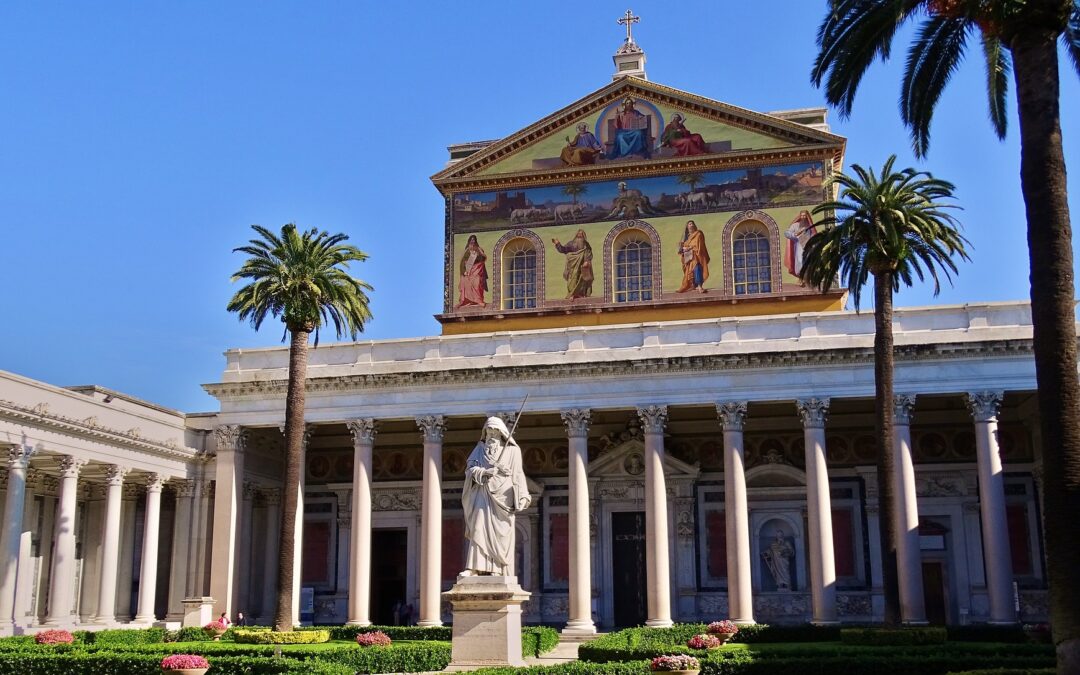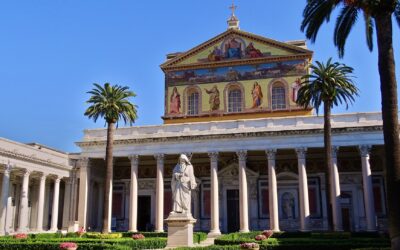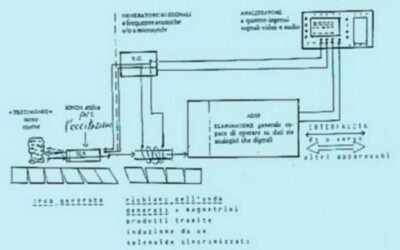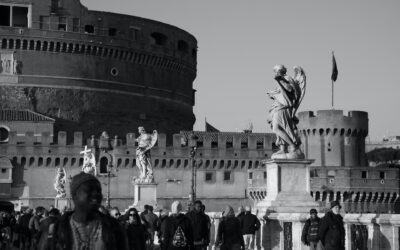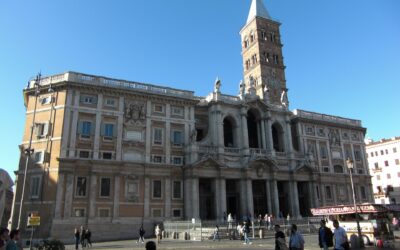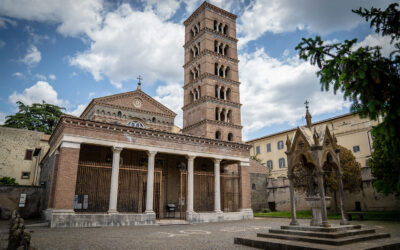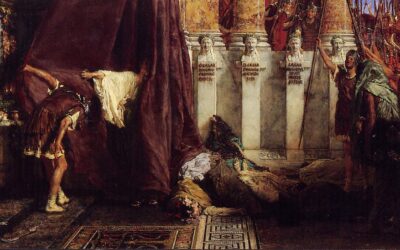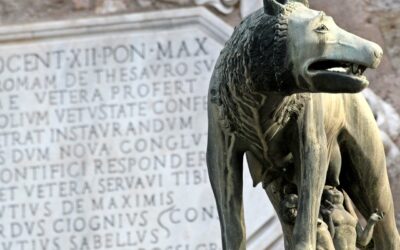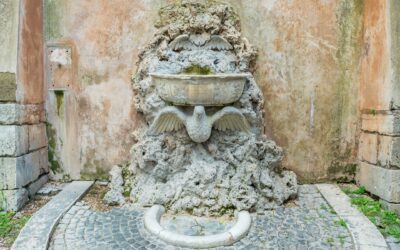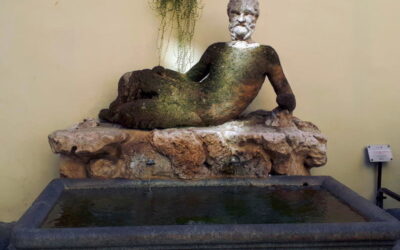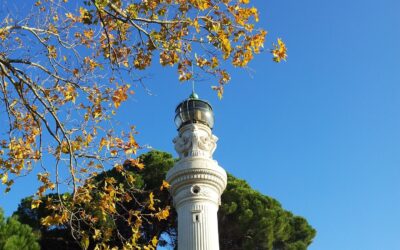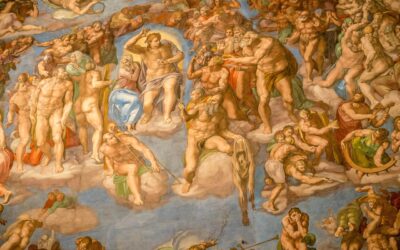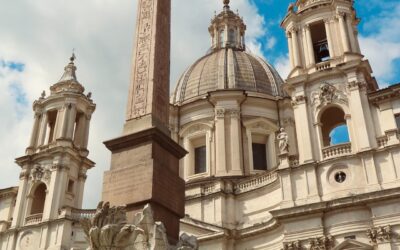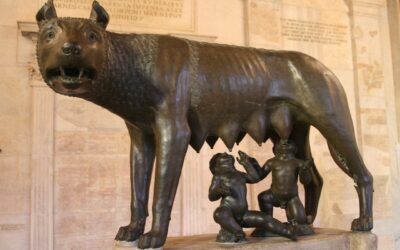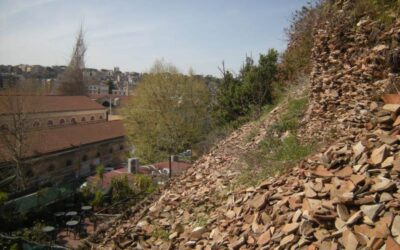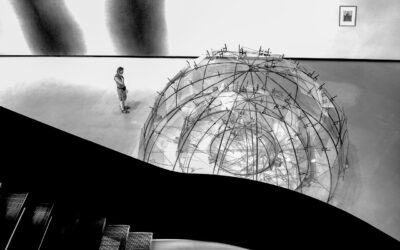Borgo Pio, an enchanting neighborhood nestled in the heart of Rome, holds a rich historical legacy and has witnessed numerous transformations throughout the centuries. One pivotal event that shaped the quarter’s evolution was the construction of Via della Conciliazione, a grand avenue connecting St. Peter’s Square to the city center. In this article, we delve into the changes that unfolded in Borgo Pio following the construction of this iconic street. From architectural modifications to social dynamics, we unravel the impact of Via della Conciliazione on this historic district.
- Historical Context of Borgo Pio
Borgo Pio, situated on the west bank of the Tiber River, has a storied past dating back to ancient Rome. It was originally a bustling working-class neighborhood with narrow, winding streets. In the 16th century, Pope Sixtus V initiated the urban planning of the area, transforming it into a religious enclave that catered to the needs of pilgrims visiting St. Peter’s Basilica. - The Vision Behind Via della Conciliazione
The idea for Via della Conciliazione was conceived by Benito Mussolini during the early 20th century as a symbol of unity between the Italian state and the Vatican. The grand boulevard aimed to enhance the visual connection between St. Peter’s Basilica and the rest of Rome while serving as a magnificent backdrop for papal processions. - Architectural Transformations
The construction of Via della Conciliazione necessitated extensive architectural changes in Borgo Pio. Several buildings and narrow alleyways were demolished to make way for the broad avenue, resulting in the loss of some historic structures. This redevelopment introduced a neoclassical and monumental aesthetic that aligned with the architectural style prevalent in Mussolini’s era. Palazzo Torlonia, a prominent landmark in the area, was one of the casualties of the expansion. - Social and Cultural Implications
The opening of Via della Conciliazione brought about significant social and cultural shifts in Borgo Pio. The widened streets and increased accessibility attracted a surge of tourists and pilgrims, transforming the quarter into a vibrant hub of activity. New businesses, including restaurants, cafes, and souvenir shops, emerged to cater to the influx of visitors. The neighborhood’s demographic makeup also underwent changes, as the local population adapted to the growing tourism industry. - Impact on Religious Life
Given Borgo Pio’s close proximity to the Vatican, the construction of Via della Conciliazione profoundly influenced the religious life of the neighborhood. The widened avenue provided a more spacious setting for papal ceremonies and processions, allowing larger crowds to gather and witness these events. Moreover, the grandeur of the street enhanced the overall spiritual experience for pilgrims visiting St. Peter’s Basilica.
The construction of Via della Conciliazione brought about a profound transformation in Borgo Pio, significantly altering its architectural landscape, social dynamics, and religious significance. While some historic structures were lost, the neighborhood embraced its new role as a thriving tourist destination. Today, Borgo Pio continues to charm visitors with its quaint streets, picturesque squares, and proximity to the Vatican. As one explores this historic quarter, the remnants of its past blend seamlessly with the modern influences, epitomizing the rich and ever evolving tapestry of Rome’s architectural and cultural heritage.




